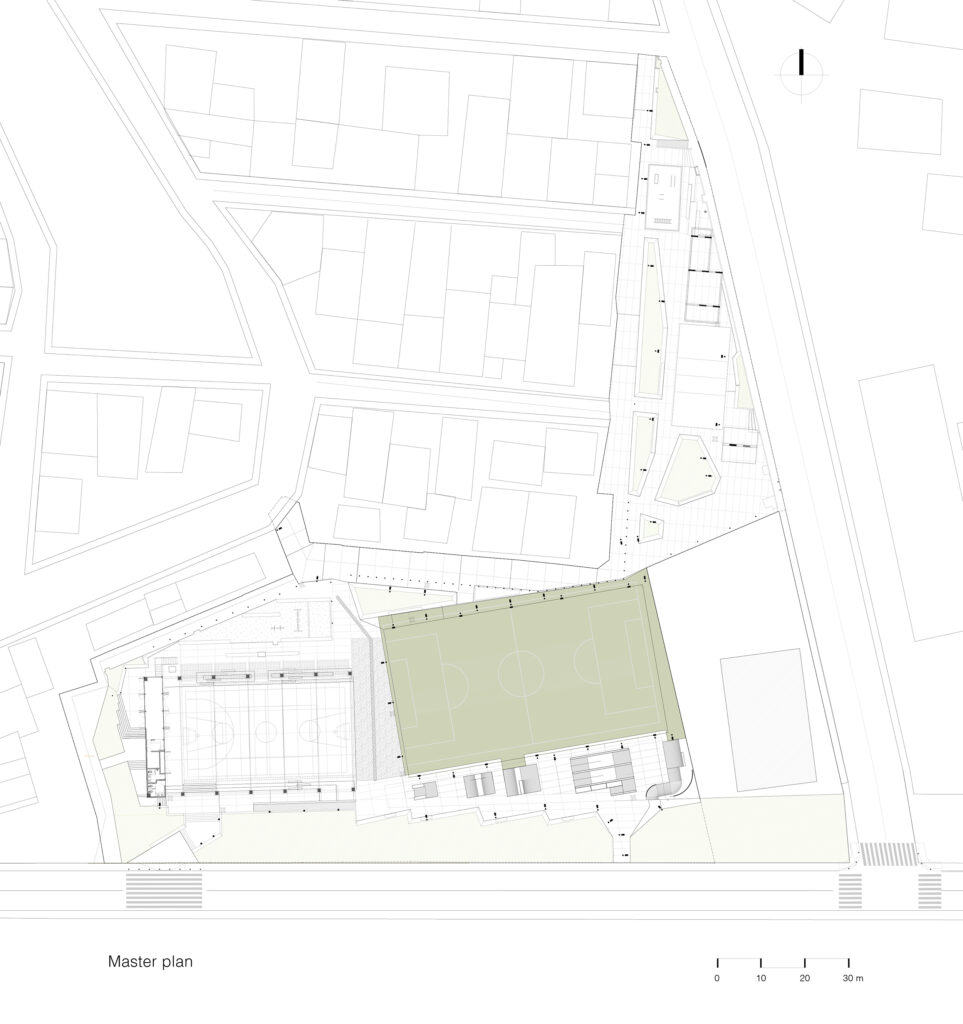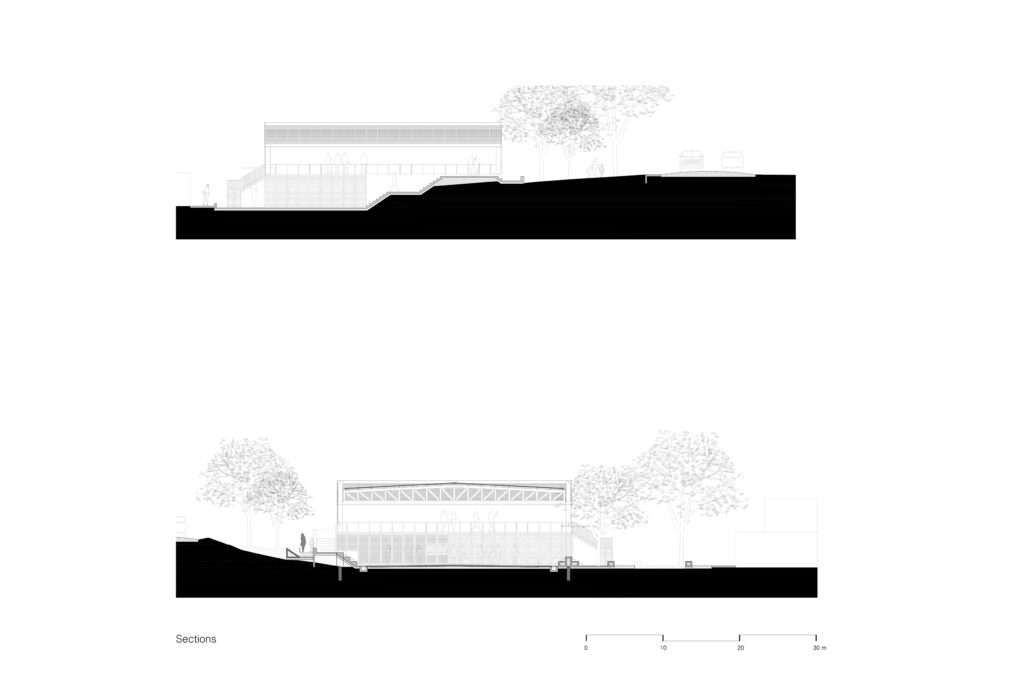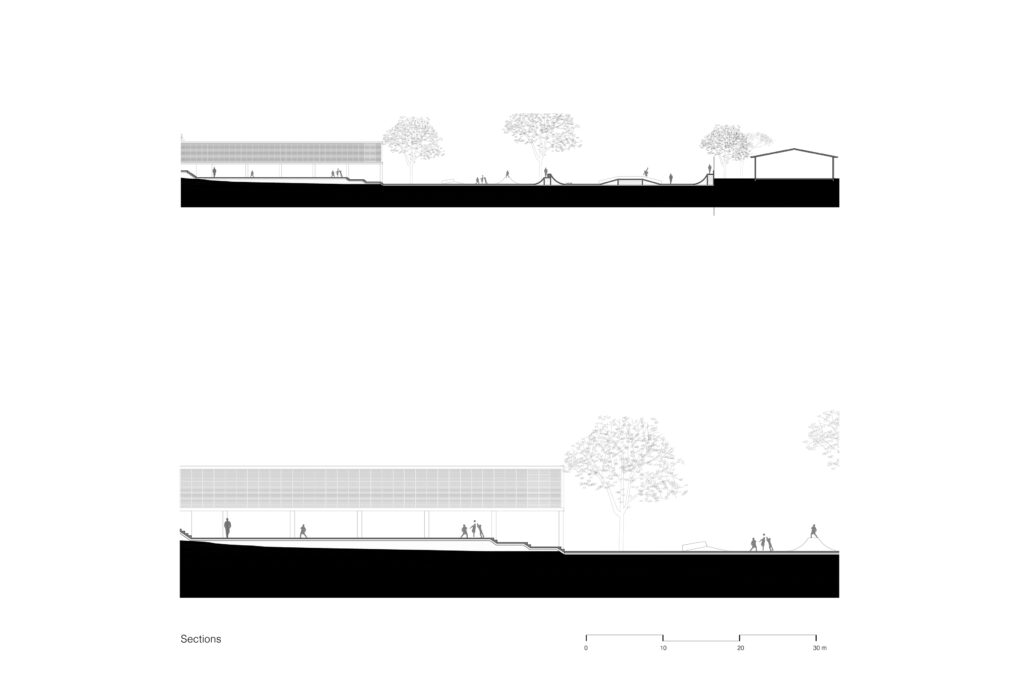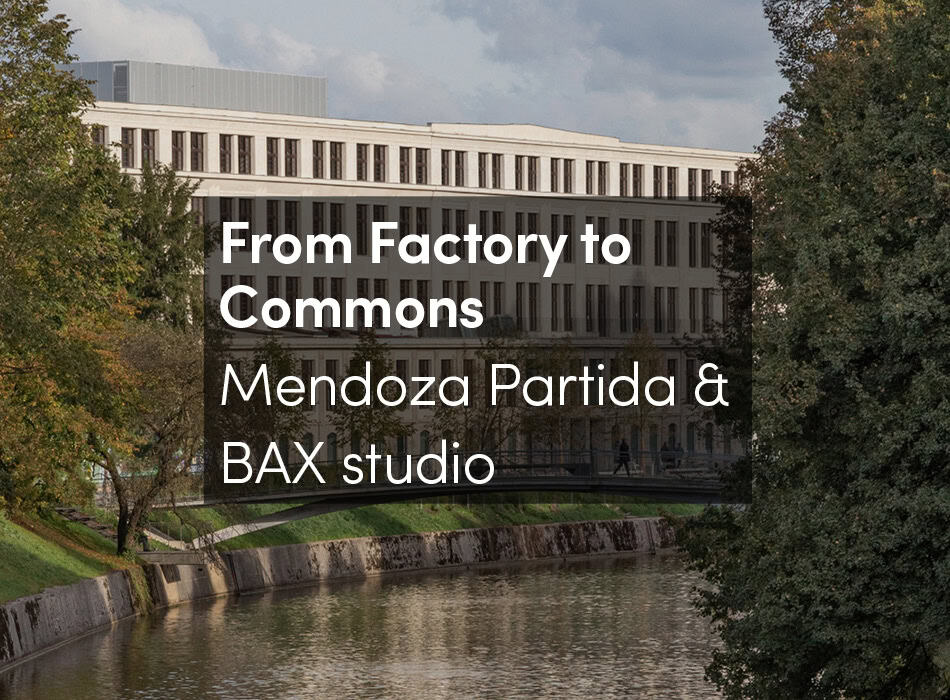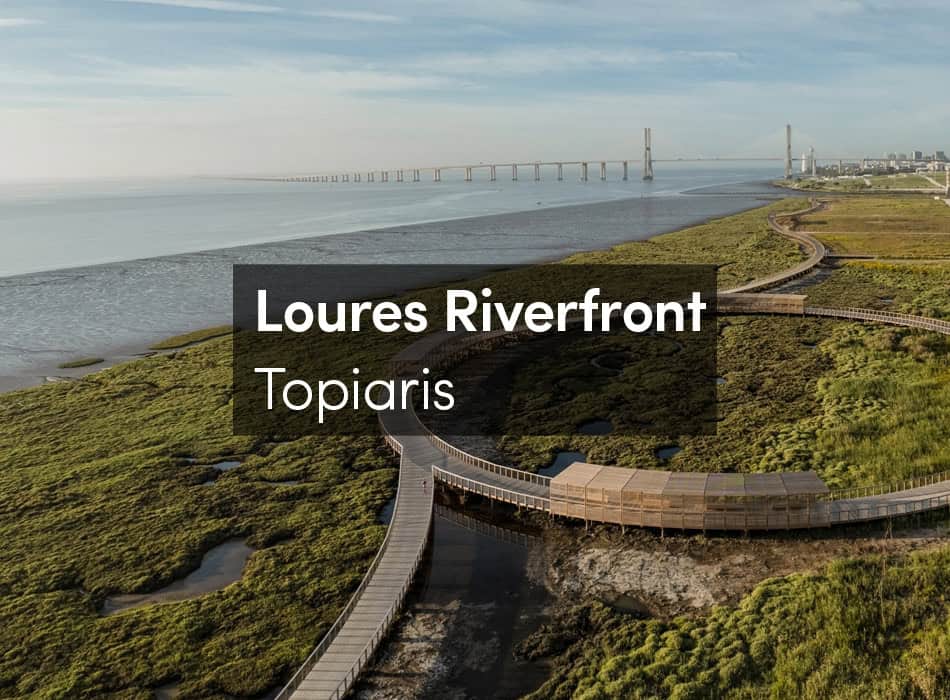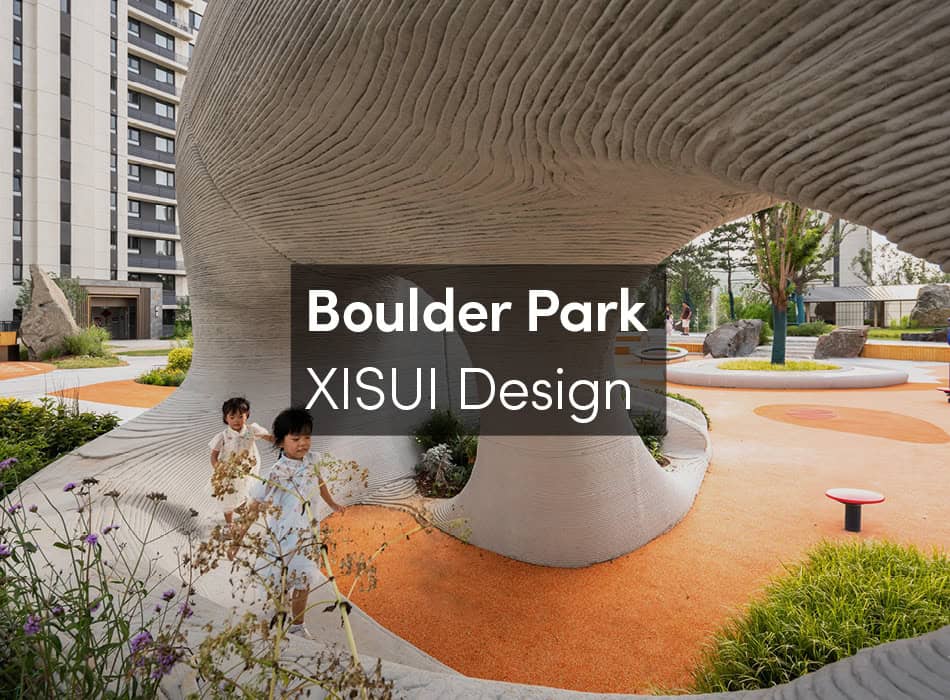Located on the outskirts of Tuxtepec, Oaxaca, the new Los Mangos Community Centre addresses the need for a neighborhood hub to improve the quality of life in an urban area lacking in facilities and public spaces. The project is designed to offer a variety of amenities for the collective enjoyment of a community that is in the process of consolidation. As part of SEDATU’s Urban Improvement Programme, the community center will provide sports, recreational, cultural, and educational activities to promote community development.
The master plan focuses on linking the residential area, existing schools, and the church, using the available unbuilt space as a focal point for community life. This integration strengthens social identity, a sense of belonging, and the bonds between residents.
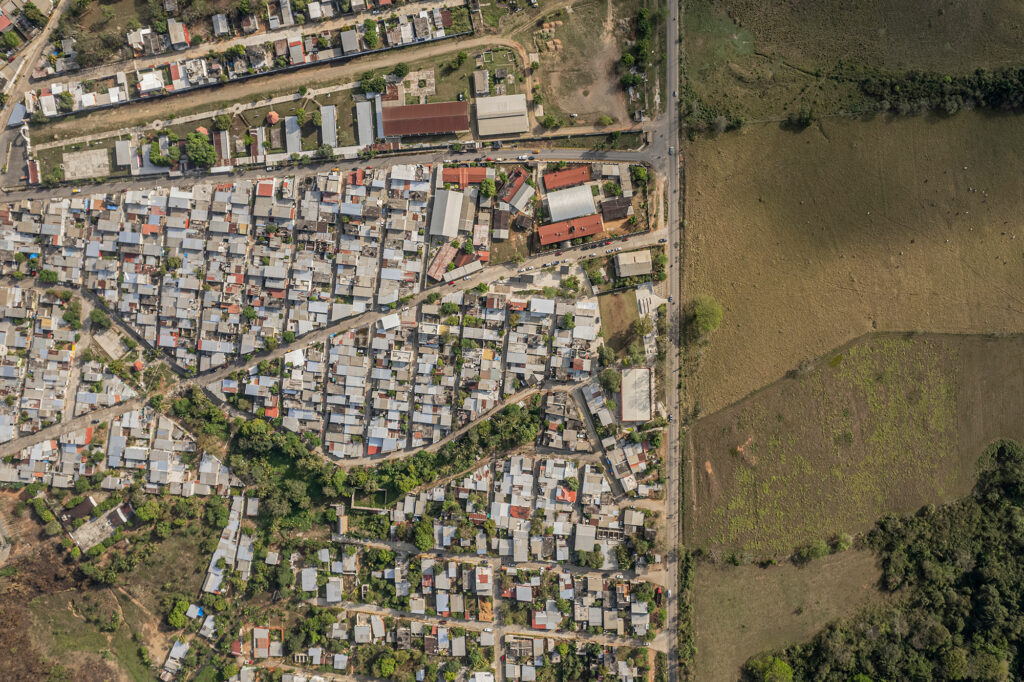
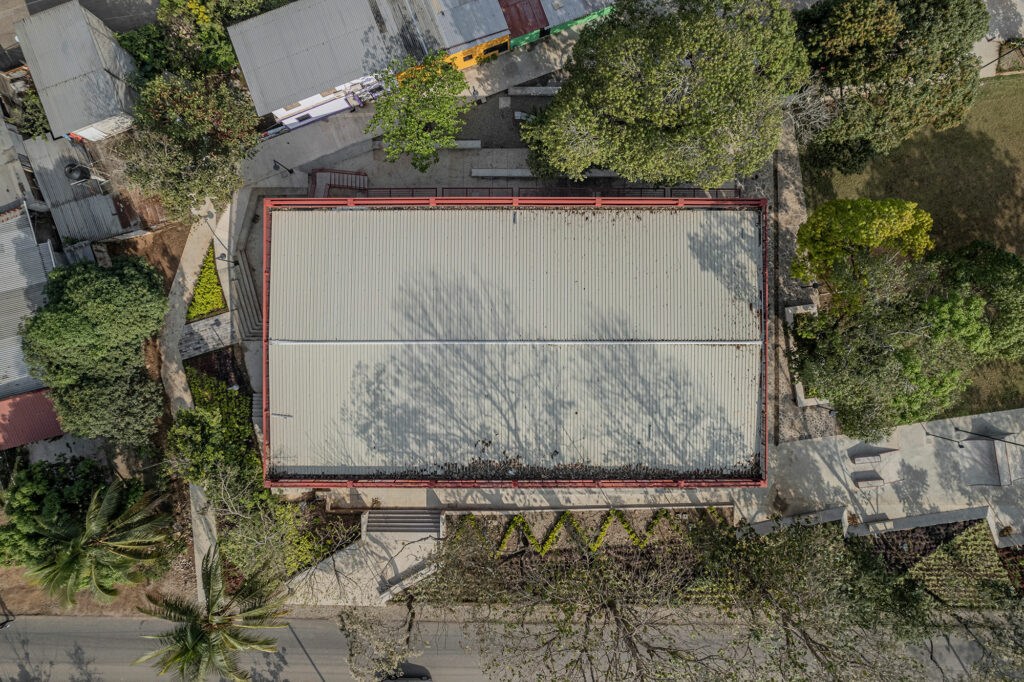
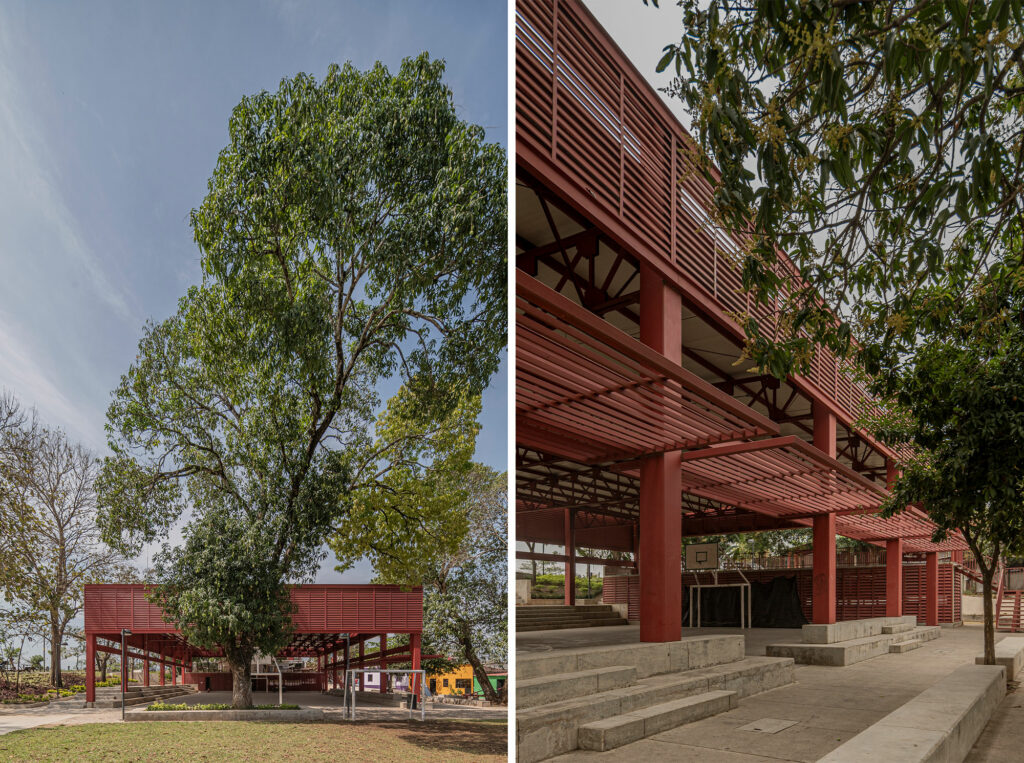
“A major challenge of the project was reconciling the interests of the community, which had irregularly occupied parts of the land for private use. Ultimately, these areas were reclaimed and integrated into the community’s heritage. Through this intervention, we aim to improve the local population’s quality of life, strengthen community ties, and promote sporting, recreational, cultural, and educational activities that contribute to social well-being.”
Alejandro Polo Lamadrid
The project centers around a multifunctional pavilion that will house a multi-sport court, a multipurpose hall with sanitary facilities, a kitchen, and community commercial spaces, along with a covered terrace for various activities. Outdoor areas complete the program, including a natural grass sports field, children’s play areas, fitness equipment, a skate park, plazas, rest areas, and covered pavilions for commercial and productive community activities. Solutions have been implemented to ensure universal accessibility, adequate lighting, and essential urban furniture to support the continuous use and supervision of activities within the complex.
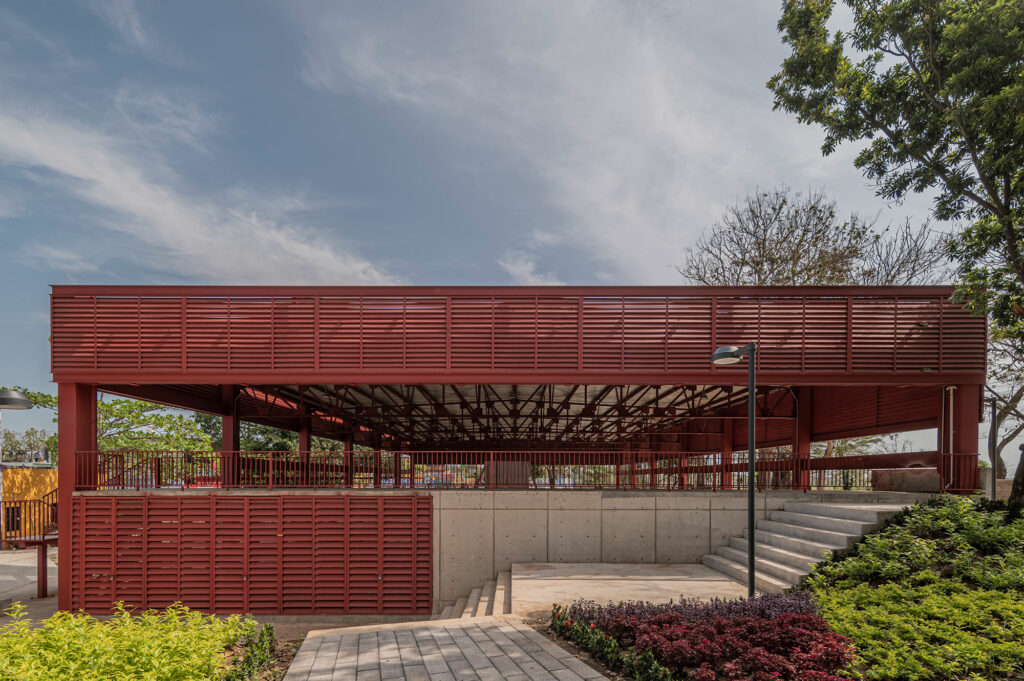
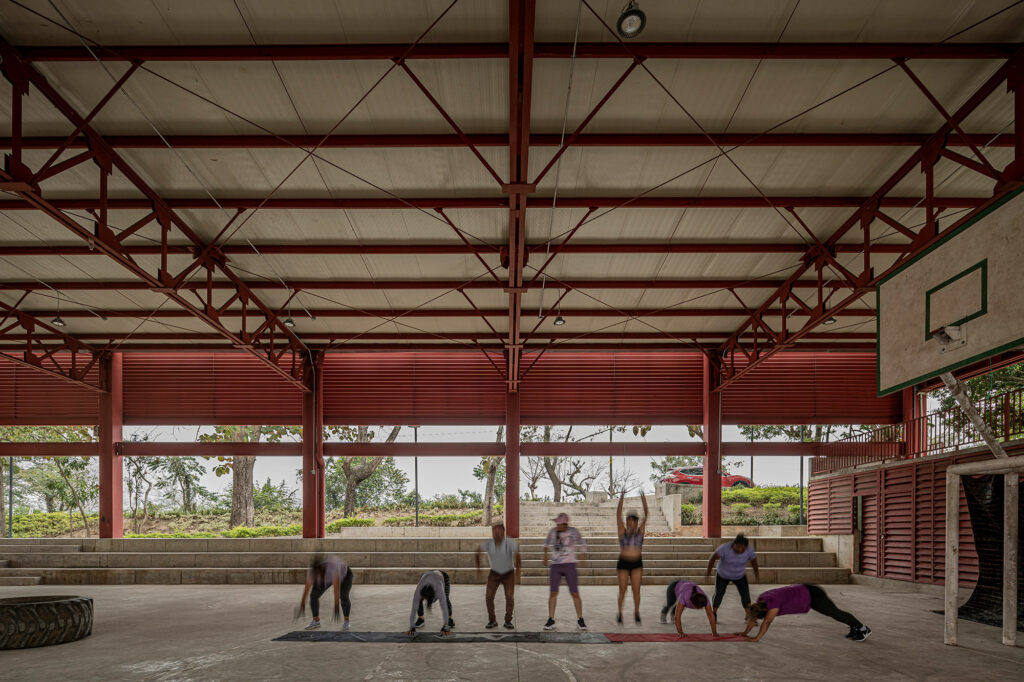
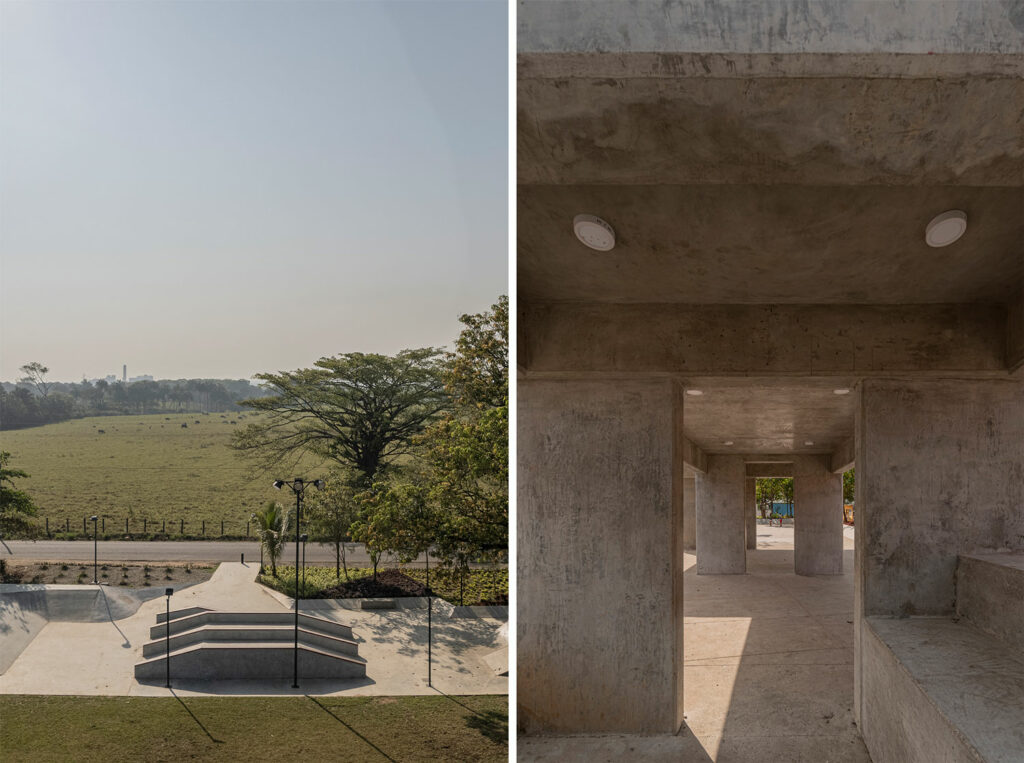
Inspired by Tuxtepec’s historical industrial roots, steel was chosen for the wide, lightweight roof, which has been reinterpreted with simplicity, enclosing a flexible program module framed by a louvered grid. Polished and textured concrete was used for the paving, complemented by strips of regional slabs. The choice of a red hue for the structures aligns with regional aesthetics and blends harmoniously with the social and historical context.
Since the inauguration of this new public space, the area has undergone a remarkable transformation. Once plagued by social issues and flooding, it has now become a thriving community space where residents are actively engaged, ensuring its continued use for the benefit of social development.
